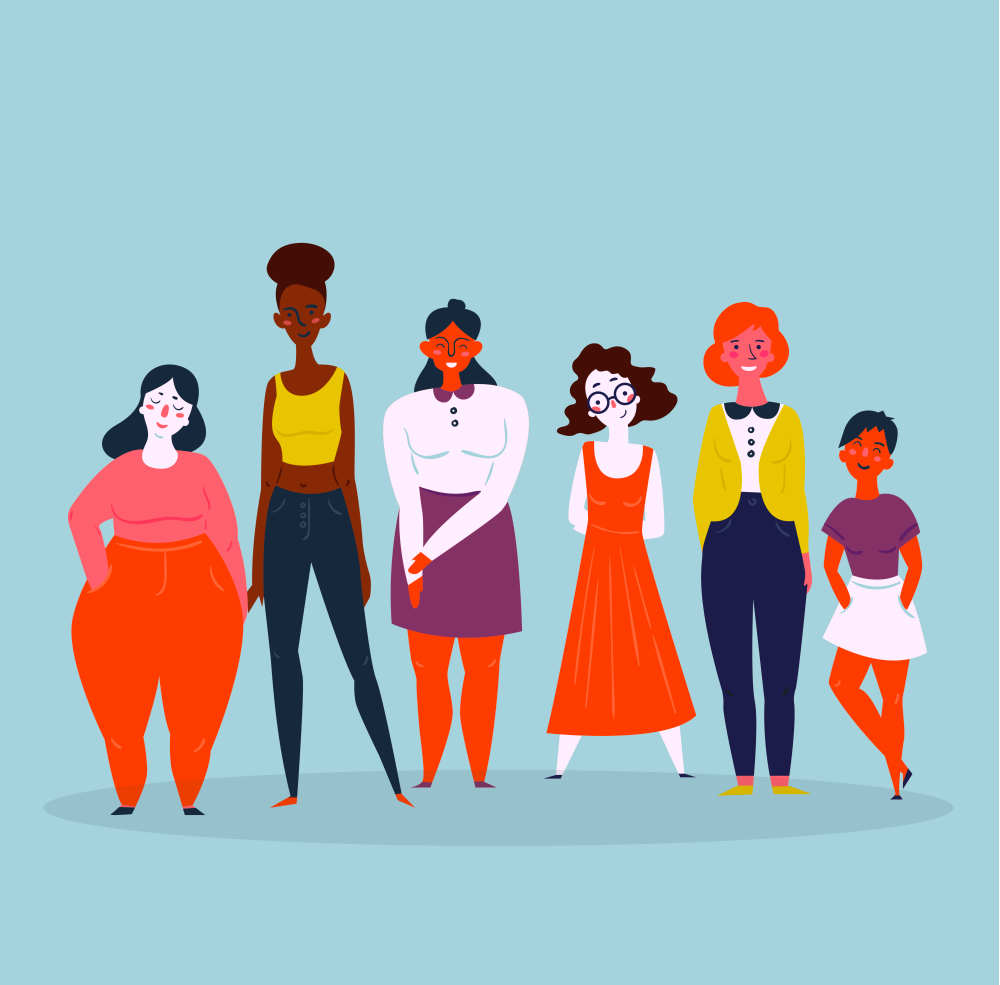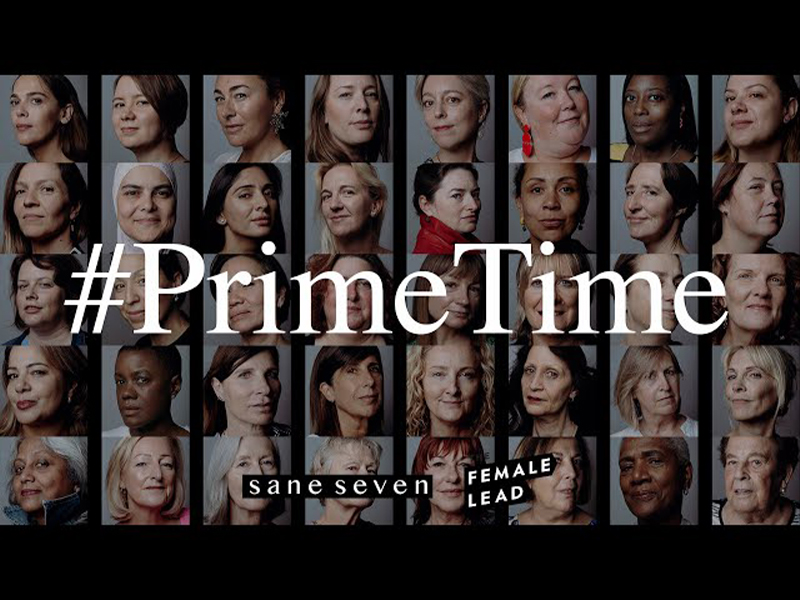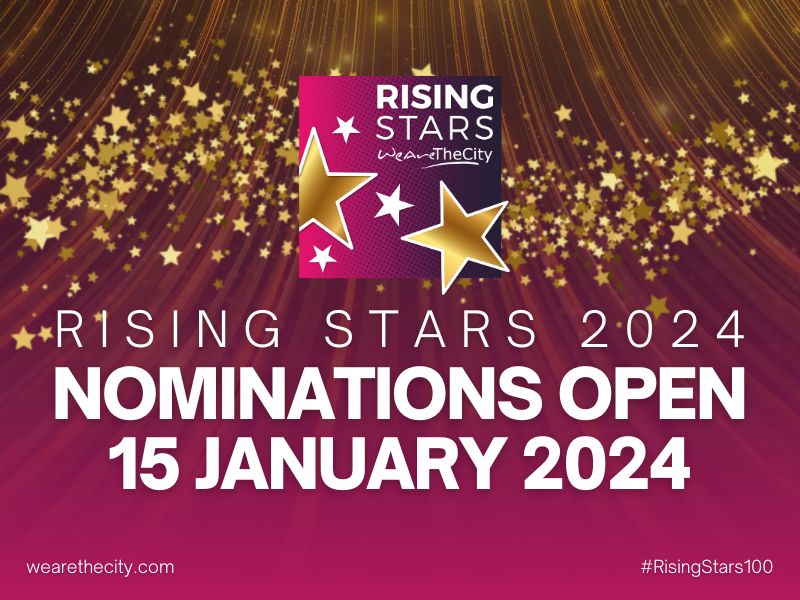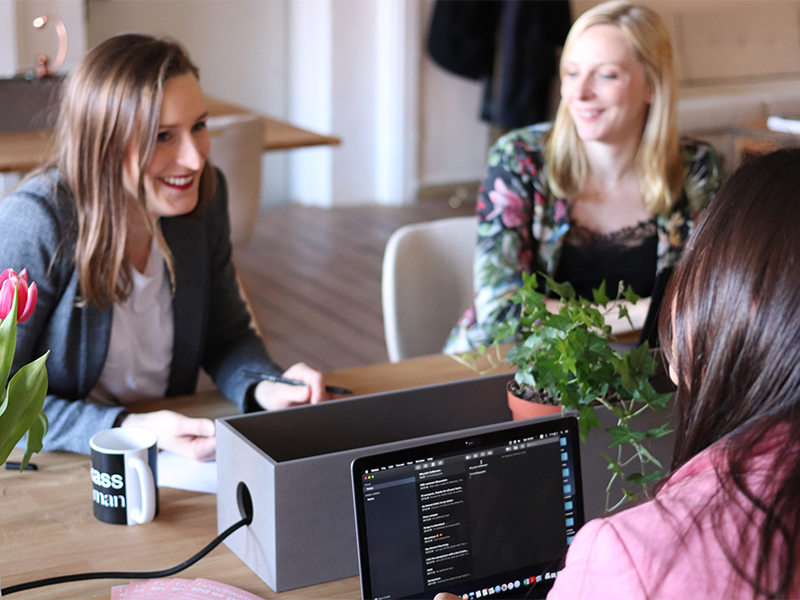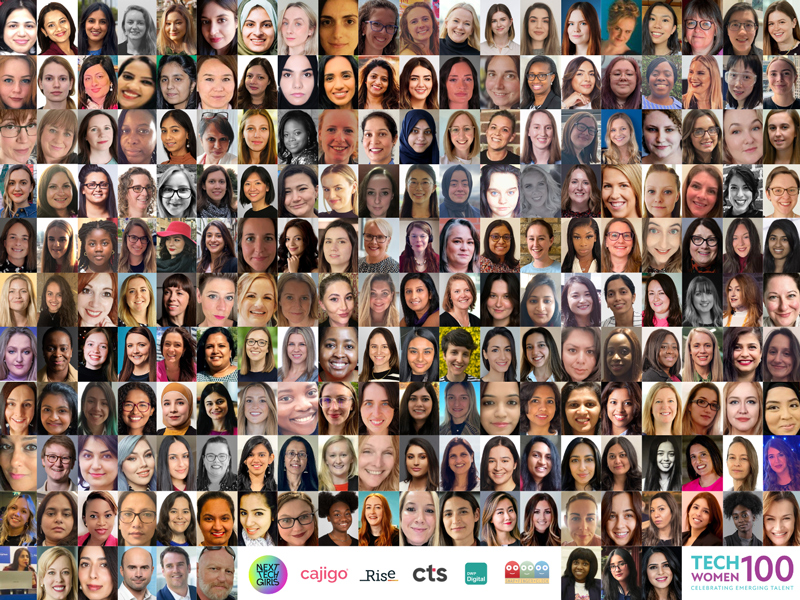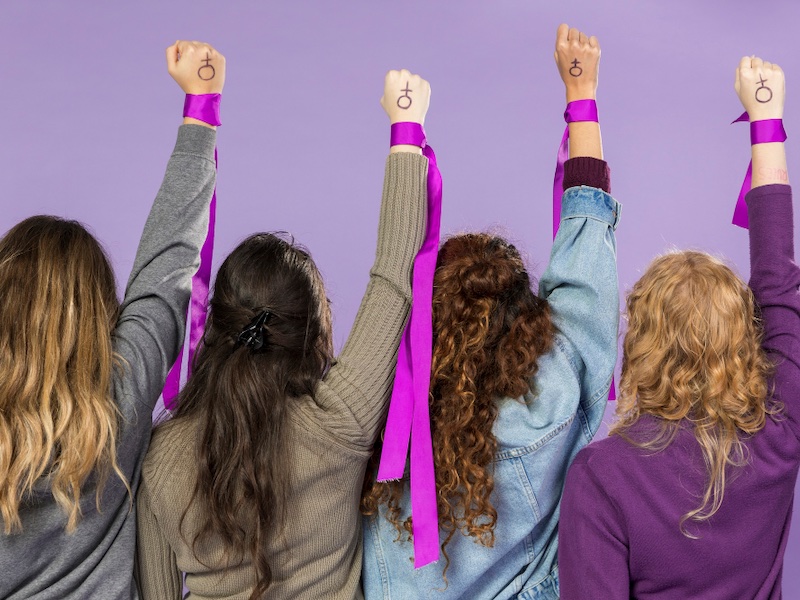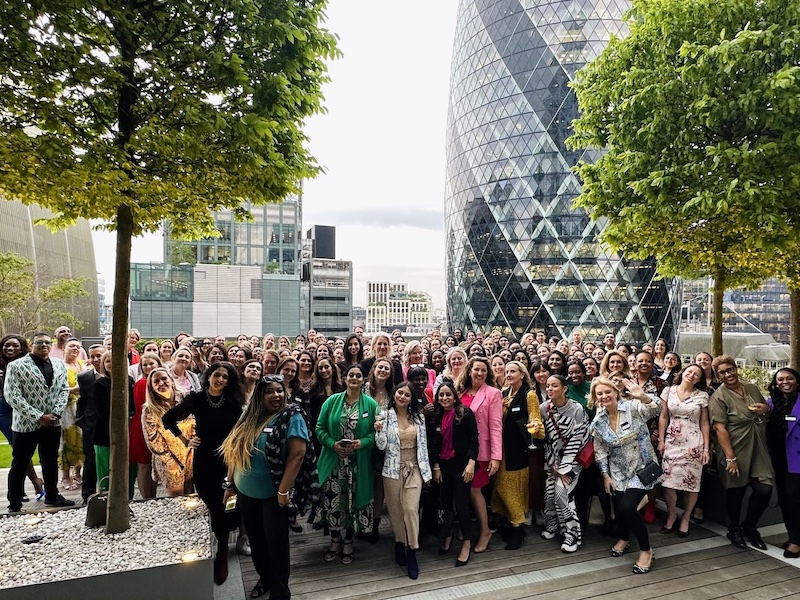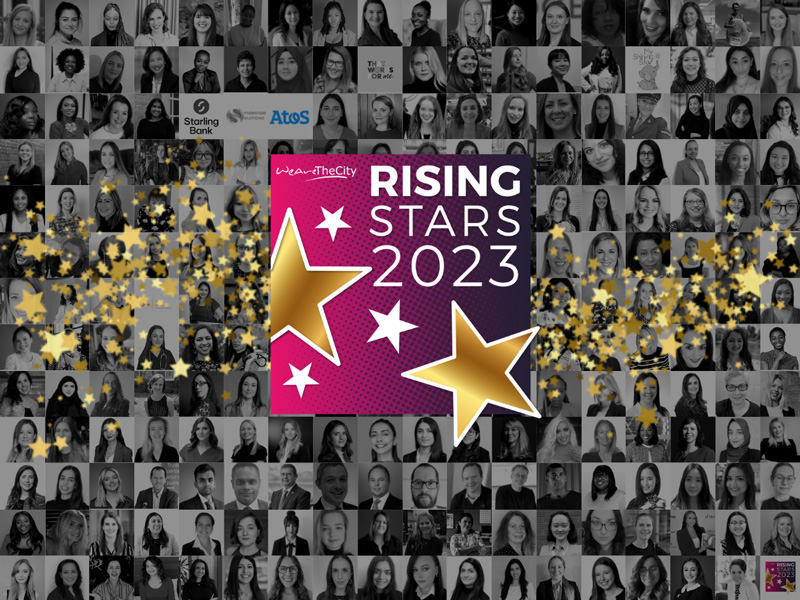Since its inception in 2011, International Day of the Girl has served as a reminder of the challenges girls face around the world.
It’s an important day to mark as we not only celebrate the tremendous strides that have been made in the name of gender equality, but also as we consider what more we can be doing.
This year, WeAreTheCity spoke to nine industry leaders to gain their perspective on what challenges girls face in education and the workplace and what we should be doing to break down these barriers.

Encouraging education
Before women even enter the workplace, they face notable barriers in their early education. Agata Nowakowska, Area Vice President EMEA, Skillsoft explains, “there are so many programmes aimed at getting girls interested in Science, Technology, Engineering and Maths (STEM) subjects. However, it’s no coincidence that while most girls show some interest in STEM subjects at 10 or 11 years of age, this tends to wane by age 15. Schools must continue to find new ways to keep girls engaged in STEM subjects, by providing the opportunity to build websites, learn to code or use robotic toys”.
 The pandemic has not helped the situation either. Fiona Hood, Pre Sales Director at Totalmobile explains, “research has shown that the switch to online learning impacted boys and girls differently. An early look at the effects of the pandemic has revealed 66% of girls claim they are learning less now through online courses, meaning that focusing our attention on supporting girls in education has never been more important than it is now”.
The pandemic has not helped the situation either. Fiona Hood, Pre Sales Director at Totalmobile explains, “research has shown that the switch to online learning impacted boys and girls differently. An early look at the effects of the pandemic has revealed 66% of girls claim they are learning less now through online courses, meaning that focusing our attention on supporting girls in education has never been more important than it is now”.
Breaking down barriers
After education, unfortunately, the situation does not necessarily get easier and there are many obstacles that continue into the workplace. Diane Albano, CRO at Globalization

Partners highlights, “initiatives like International Day of the Girl and events such as PANGEO are important for evaluating the development barriers many women still face throughout their careers, and looking forwards to how we can create a fairer future of work. In doing so, there are some values and proven pieces of advice to consider”.
Stories like Samantha Humphries’, Head of Security Strategy EMEA, Exabeam demonstrates just how far we still have to go to achieve gender equality in the workplace. She recalls, “early on in my career when working in a technical support role, I realised I was somewhat of a novelty factor. A customer once pointed out, “I have never spoken to a woman in support before — let’s see if you can help me,” as if it was a challenge I could not meet… whilst another asked me out on a date at the end of a support call. There were times where I’d walk into a meeting, and there’d be a man in the back speaking to me like I wasn’t  supposed to be there. I felt I had to constantly justify my own position to men like these, ultimately, working harder to prove my worth. And still, it would take months before they would treat me like an equal. But regardless of this, I chose to persist”.
supposed to be there. I felt I had to constantly justify my own position to men like these, ultimately, working harder to prove my worth. And still, it would take months before they would treat me like an equal. But regardless of this, I chose to persist”.
To break down the barriers facing women we must start by addressing some of the practical obstructions, for example inequality in pay. Caroline Seymour, VP of Product Marketing, Zerto a Hewlett Packard Enterprise company emphasises, “women make nearly 20% less than men and aren’t expected to reach pay equity until 2059. That’s unacceptable, and it highlights that simply hiring women is not enough. Employers need to appreciate women’s contribution to the workforce and put their money where their mouth is. When that happens, the rewards are substantial.

Mentorship is another important way to provide support, advocate, listen and advice especially in a field dominated by men”.
Women in STEM
Women are underrepresented in many fields, but particularly within the IT industry. One of the biggest hurdles women face is seeing themselves as someone who can have a career in technology. Brooke Candelore, Product Manager for BrightGauge, a ConnectWise solution, recounts, “when I was in high school, I wasn’t particularly interested in computers. CPU, OS, and RAM meant nothing to me and when my guy friends started talking about computers, it

sounded like they were speaking another language. I never imagined that a career in technology was something I’d follow, but my friend’s father encouraged me to consider it and it ended up being one of the best decisions of my life”.
“Although women represent nearly half of the entire workforce today, they’re still massively underrepresented in the technology industry”, reinforces Ann Lloyd, VP Customer Success & Experience, Axway. “Transformation is needed not only for the women working in technology now, but also for the girls hoping to make their mark on the industry in the future. Creating a more female-friendly tech industry will require fundamental changes at the level of companies and employers, but also within the education system and the underlying  assumptions that are still prevalent in society today”.
assumptions that are still prevalent in society today”.
Recognising role models
The influence of female role models, not only within the technology industry, cannot be overstated. Dottie Schindlinger, Executive Director, Diligent Institute explains, “diversity comes in all shapes and sizes and there is still a lot to be done to make the modern day workplace a more equitable and diverse space – an issue that impacts the social sector as much as the corporate sector. For example, in the teaching profession, despite the majority (63%) of teaching staff in secondary education being female, only 38% of headteachers are women.

“Similarly in the UK health sector, despite 77% of the NHS workforce being women, in some trusts, just 15.4% of the most senior roles, which include chief executives, medical directors and chief financial officers, and the chairs and non-executive directors who sit on the boards overseeing the trusts’ operation and performance, are held by women”.
“I think it is really important that women have role models’ but for me this has never been about brand names or famous CEOs – male or female”, furthers Connie Stack, Chief Strategy
Officer at Digital Guardian. “But rather it is the large pool of personal female mentors and co-workers who have provided great advice and guidance all along the way – and continue to do  so. From female founders and coworkers to my mother and aunts, they have all had a positive influence on my career. They’ve helped me navigate this fast moving technology sector and encouraged me to make the leaps required for my career successes”.
so. From female founders and coworkers to my mother and aunts, they have all had a positive influence on my career. They’ve helped me navigate this fast moving technology sector and encouraged me to make the leaps required for my career successes”.

